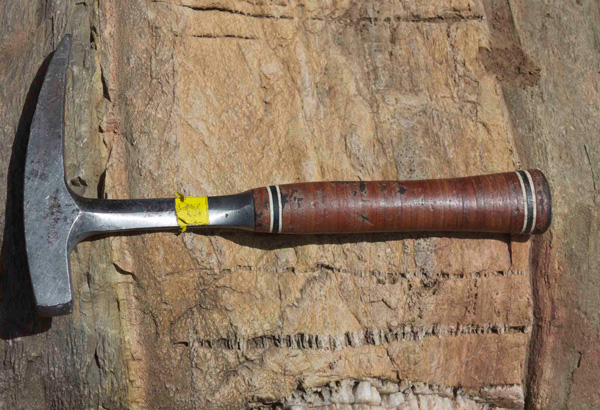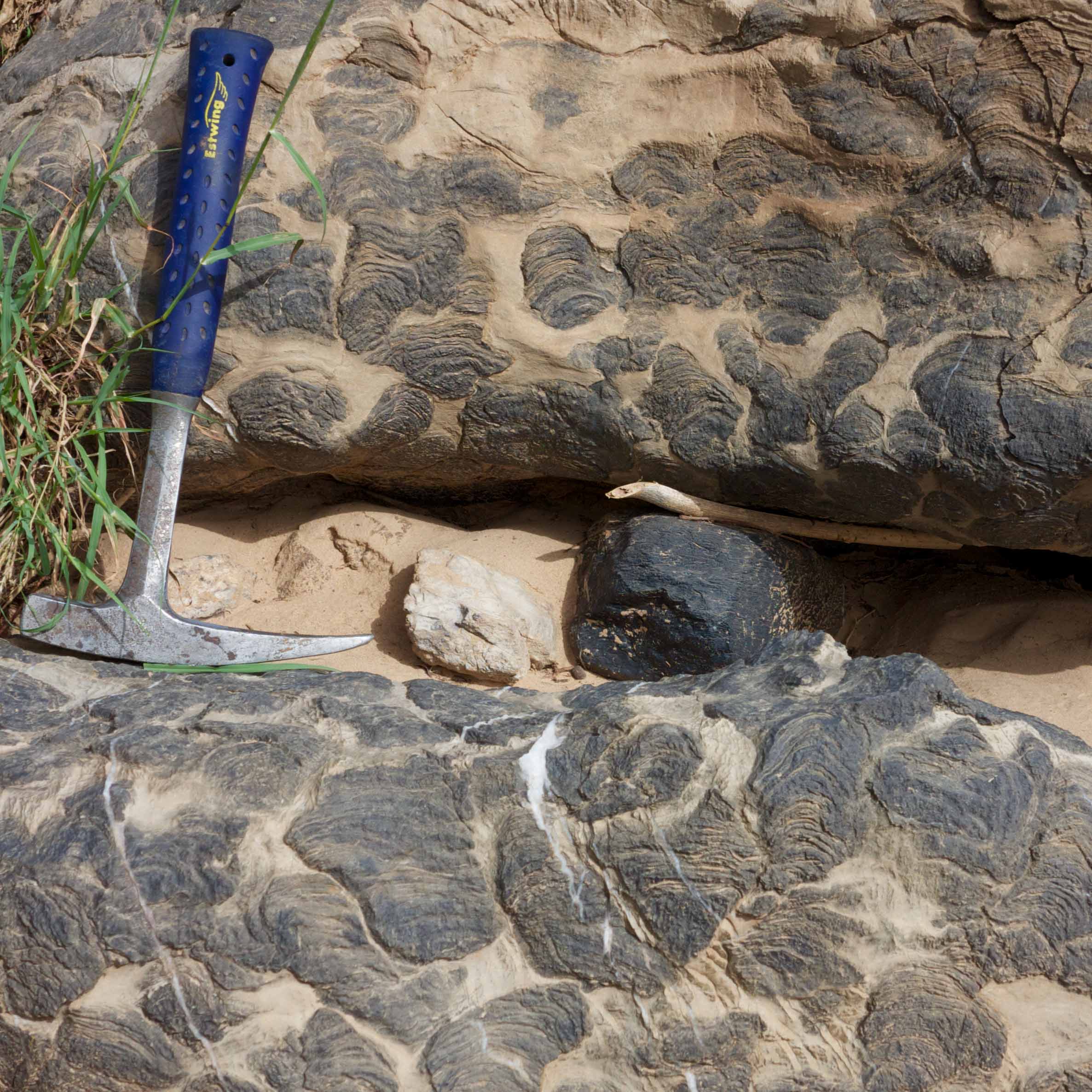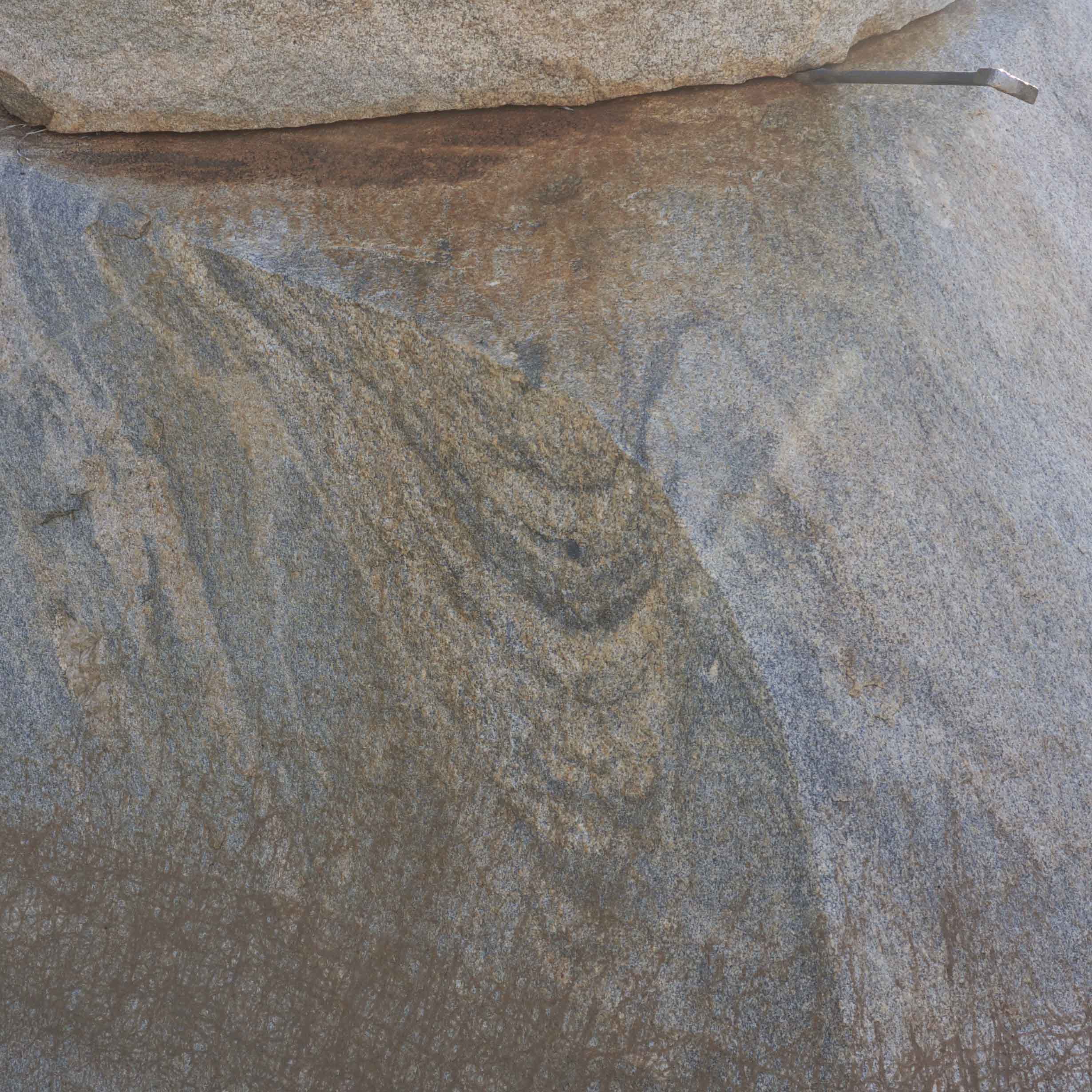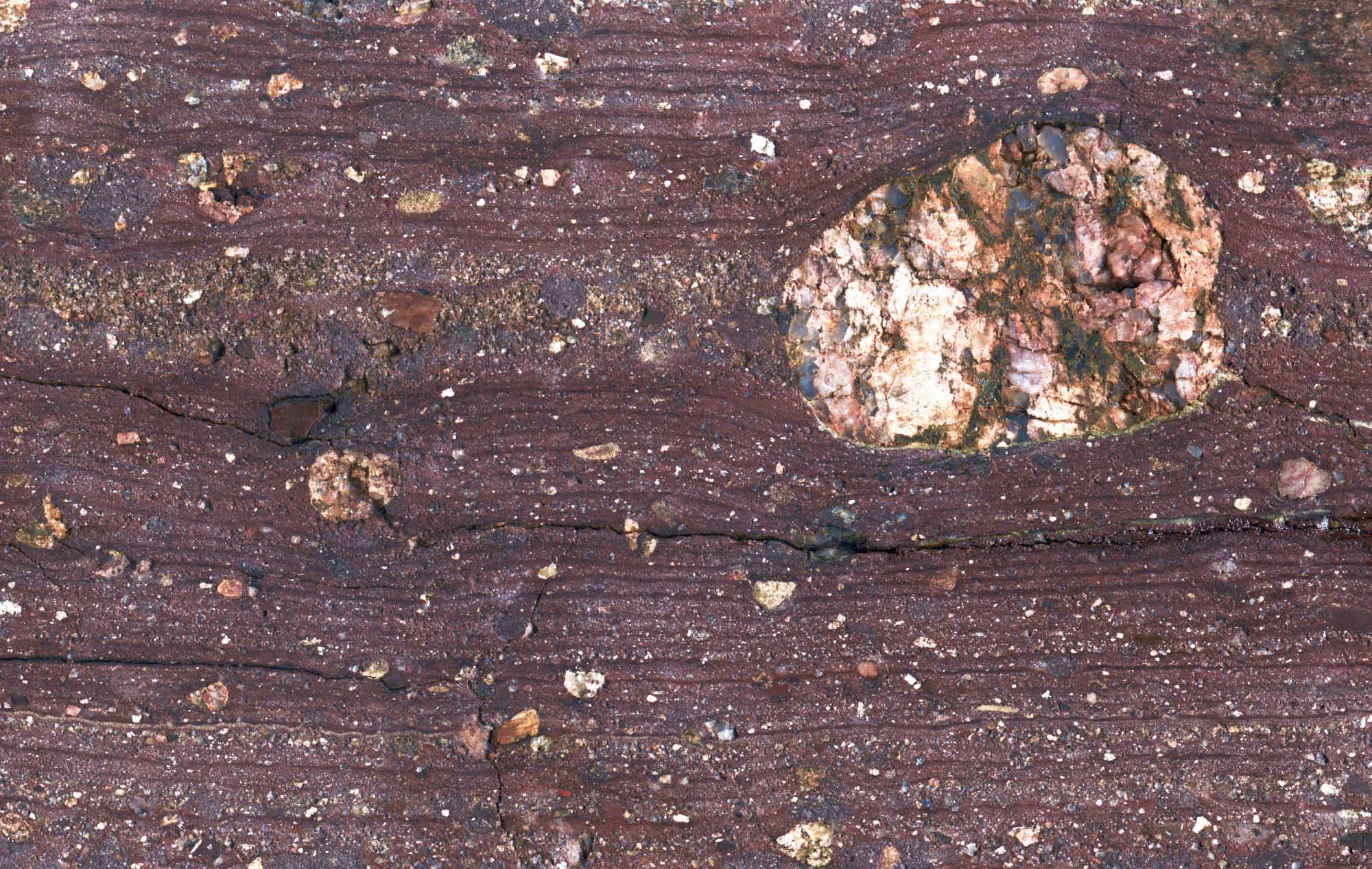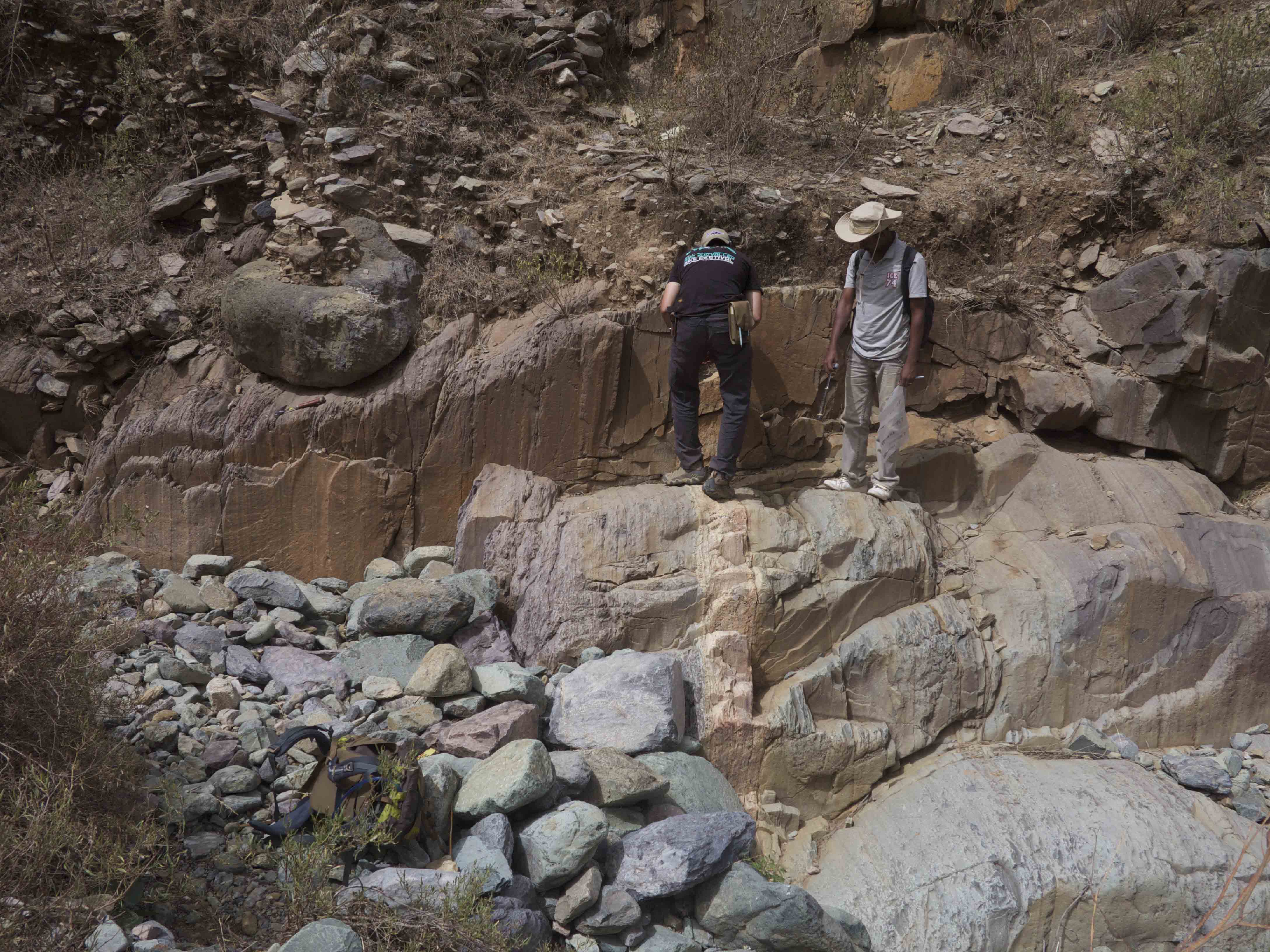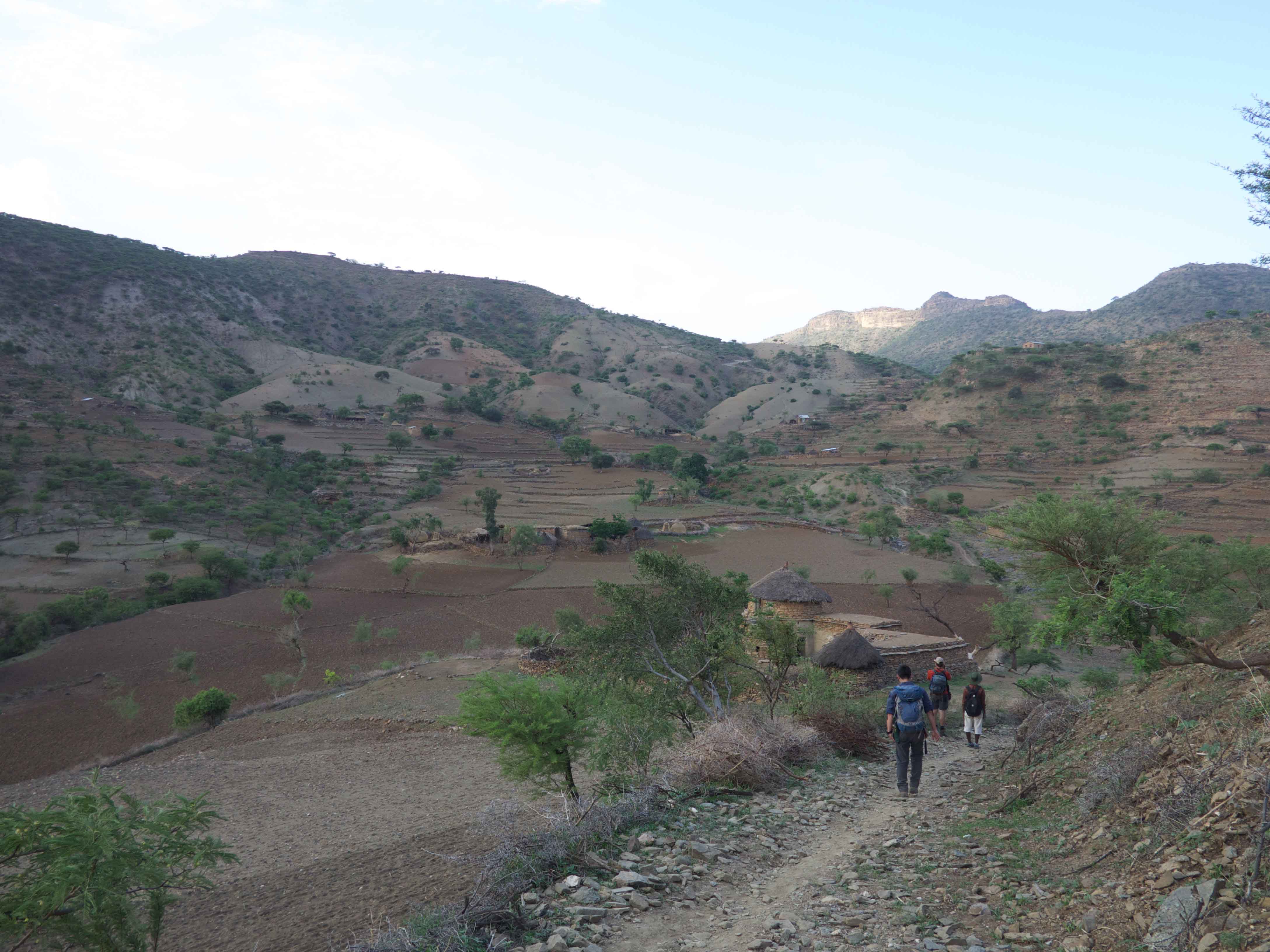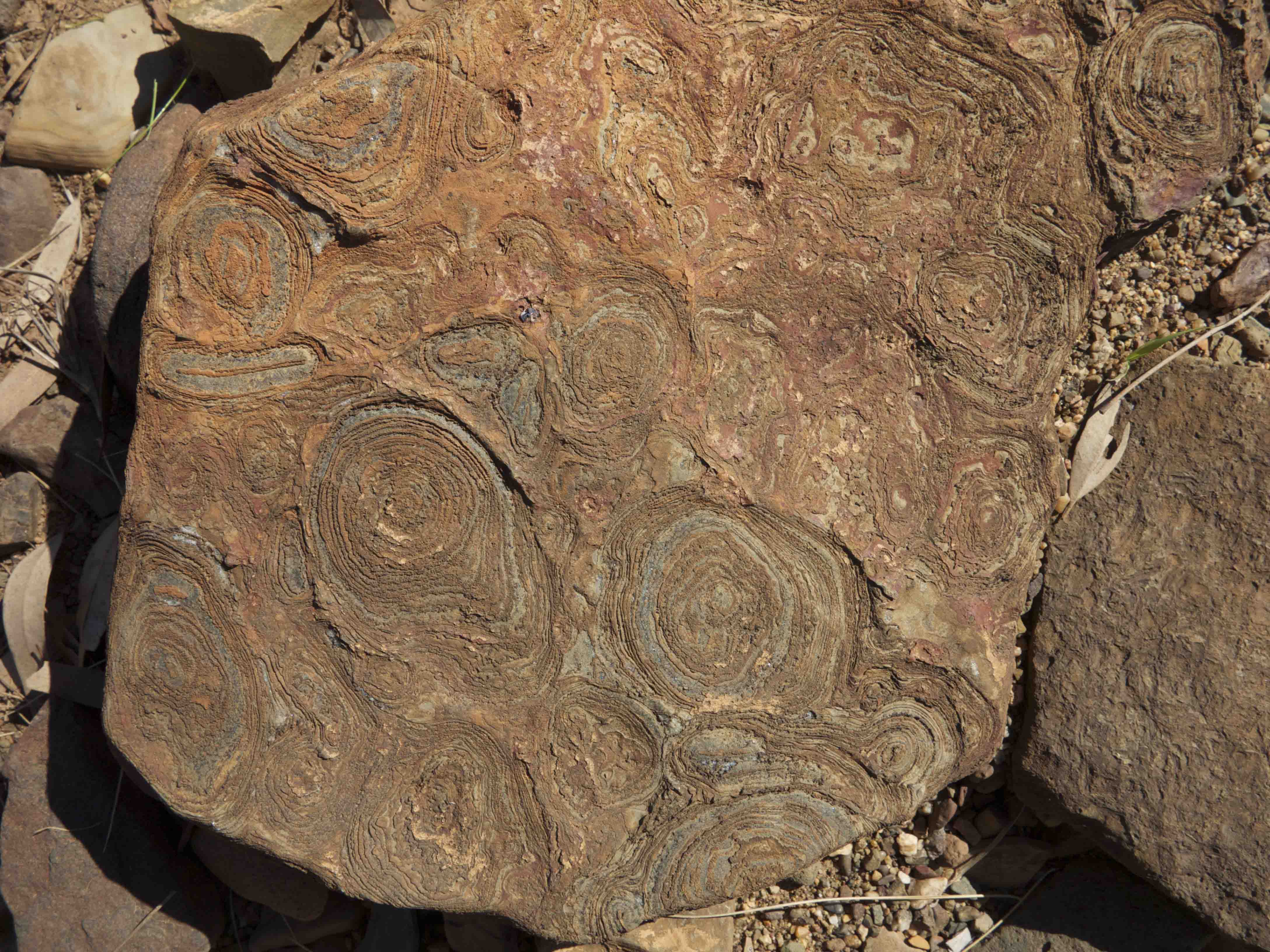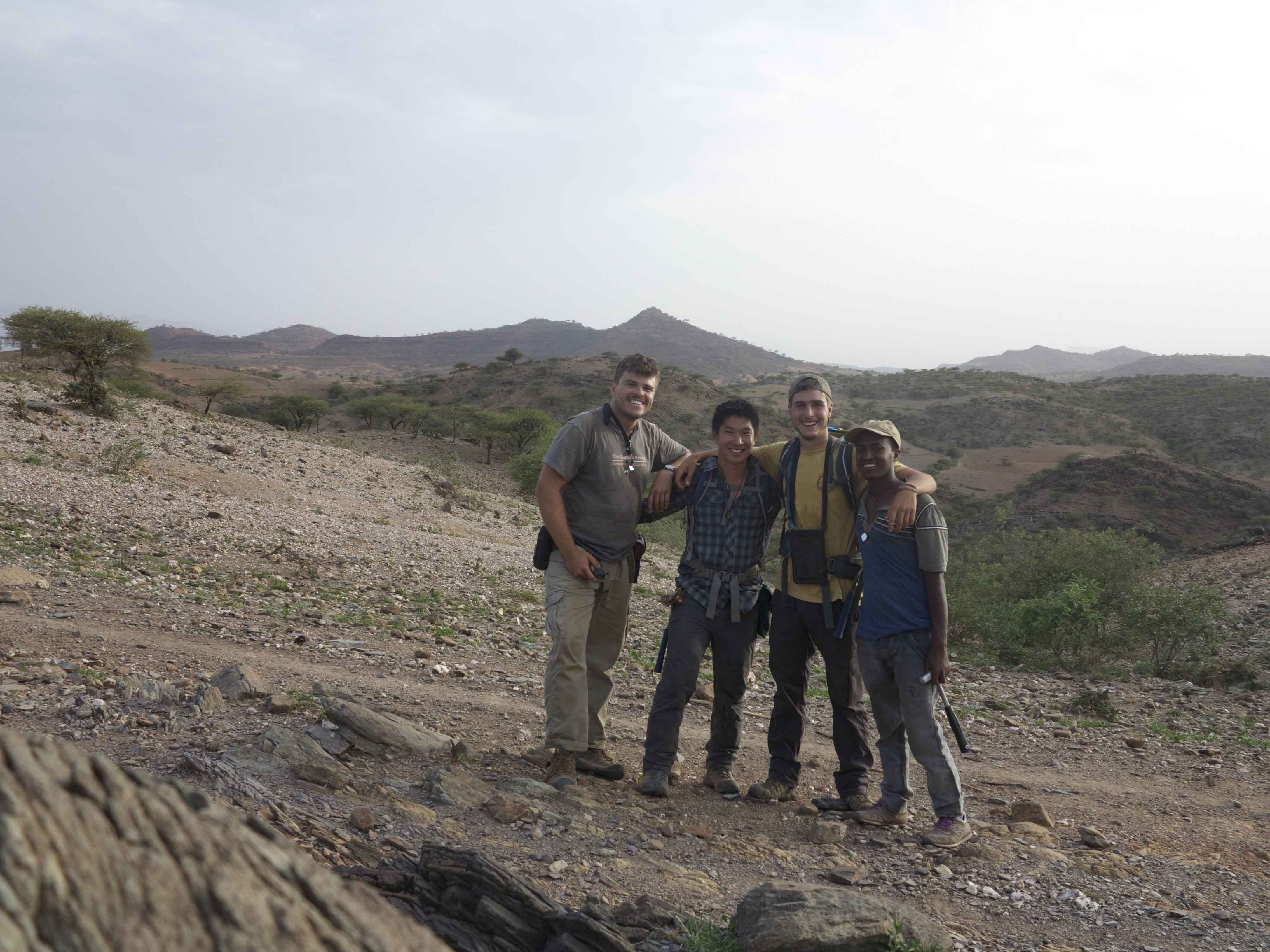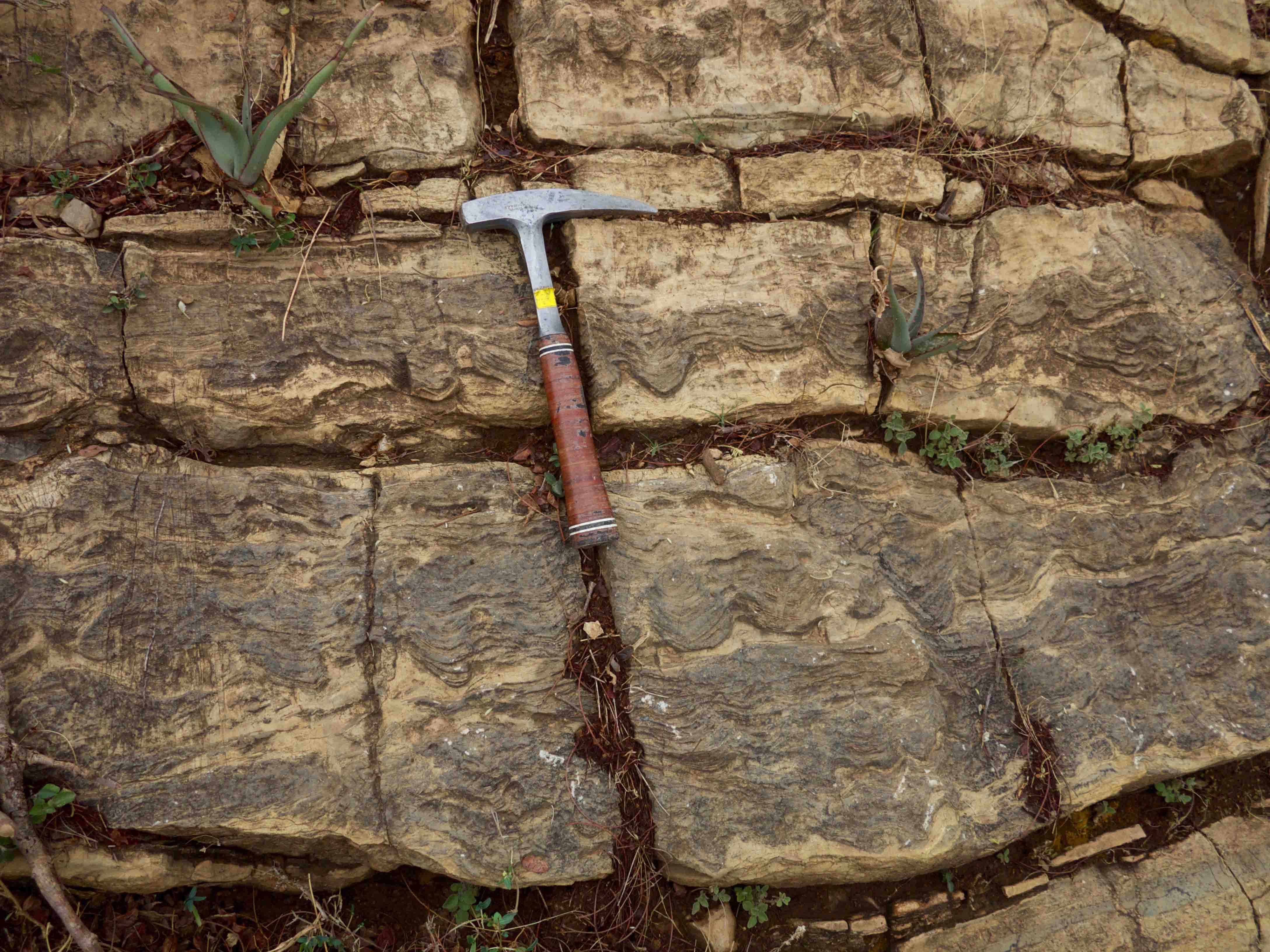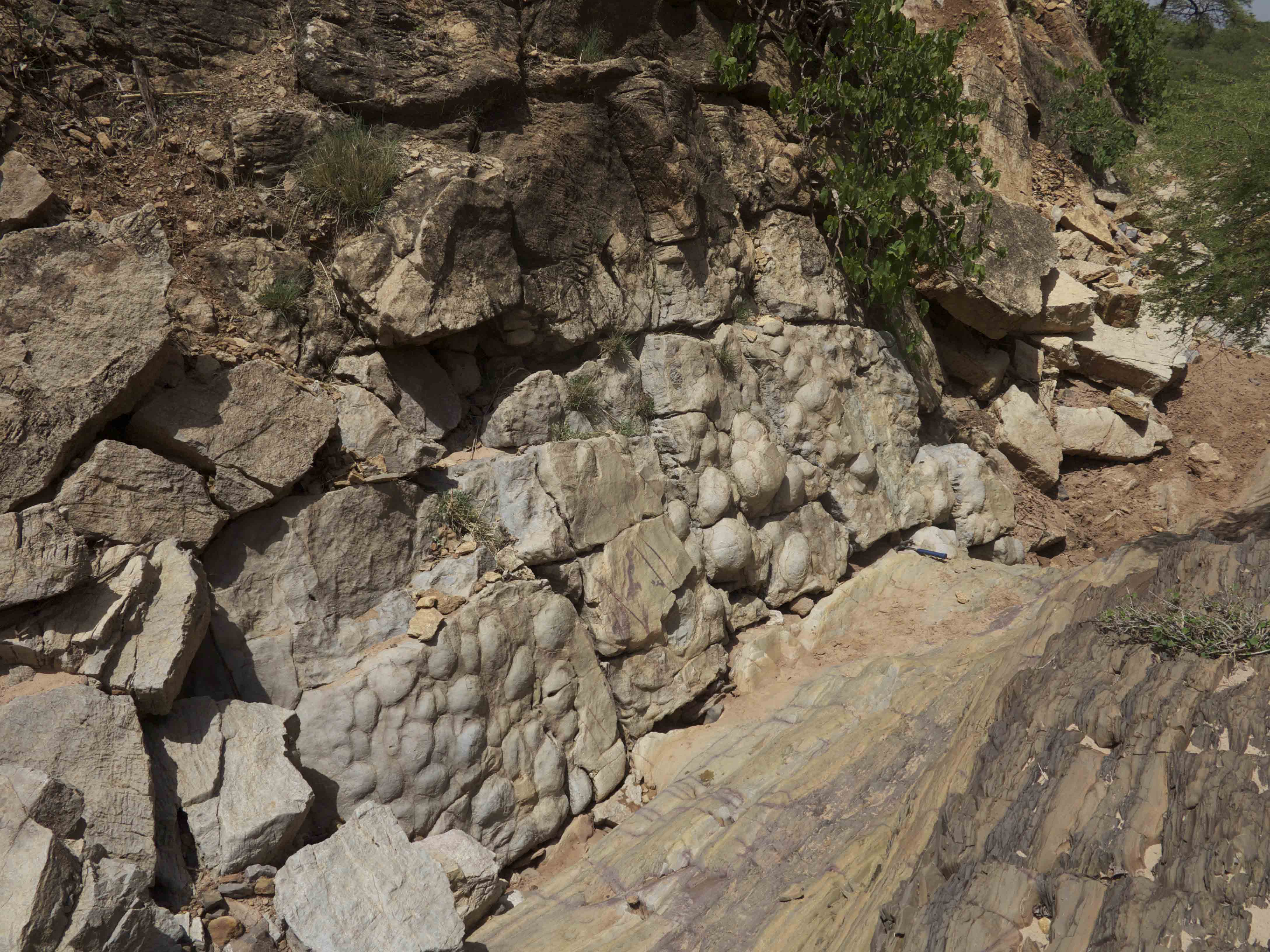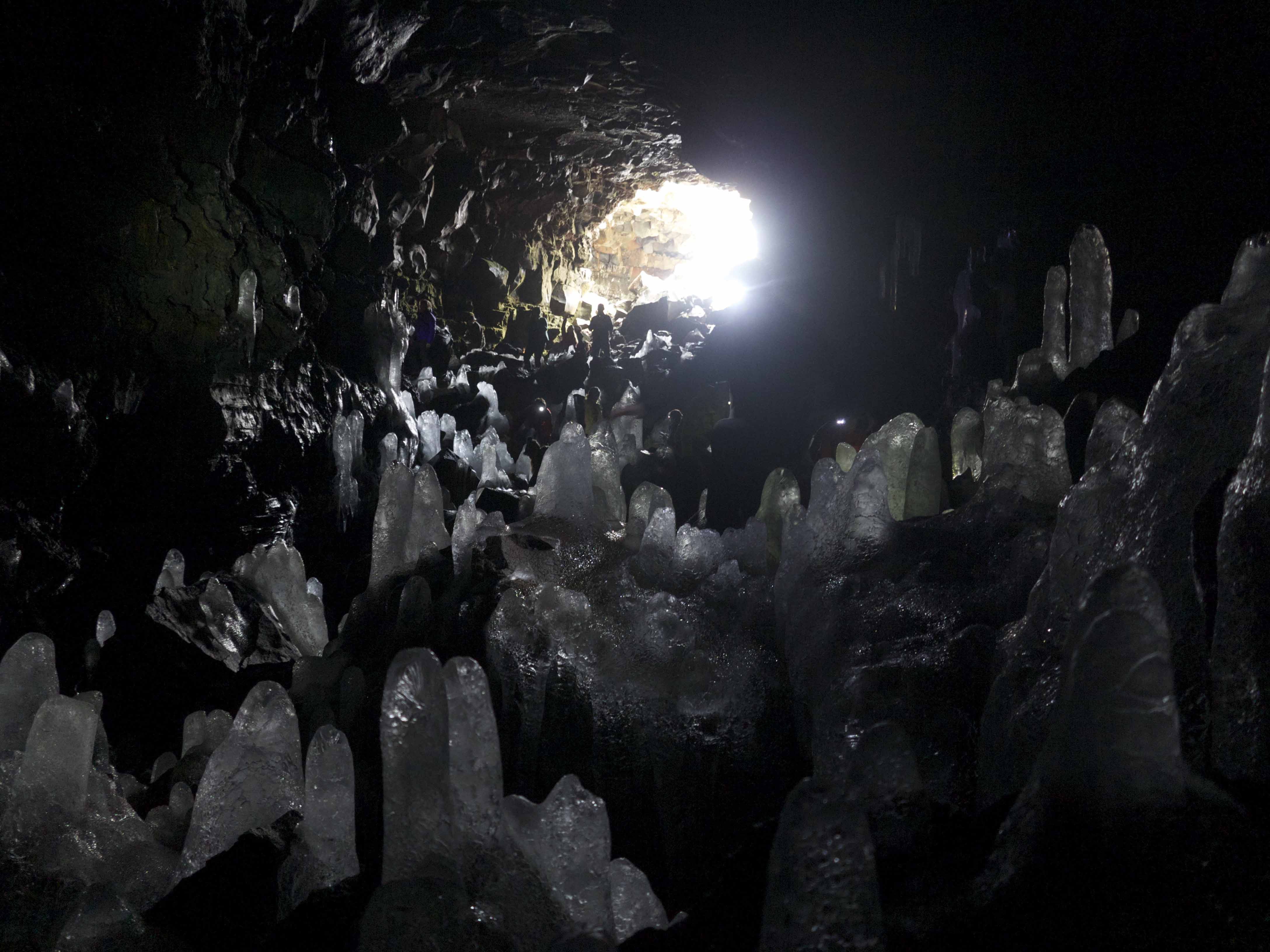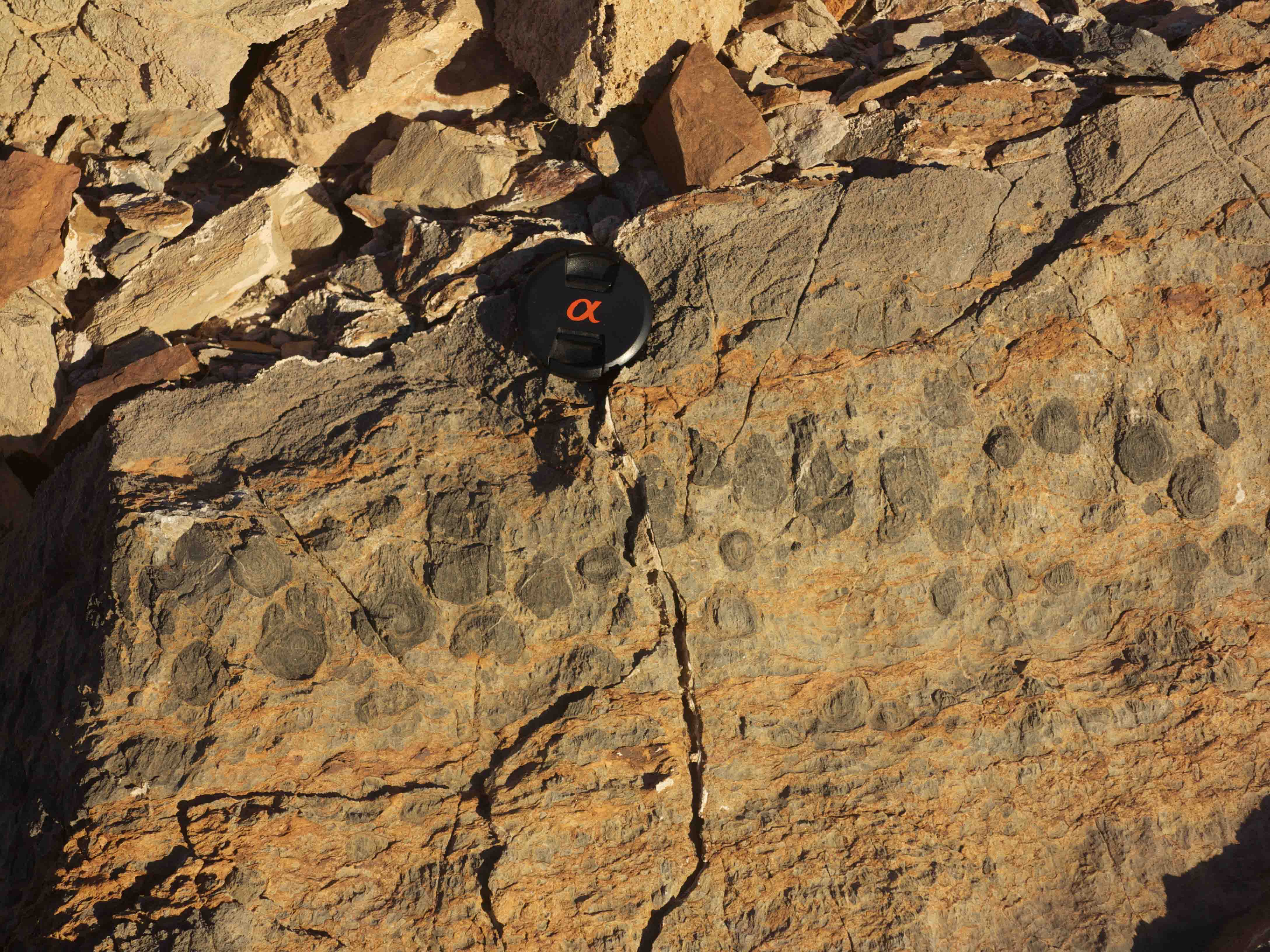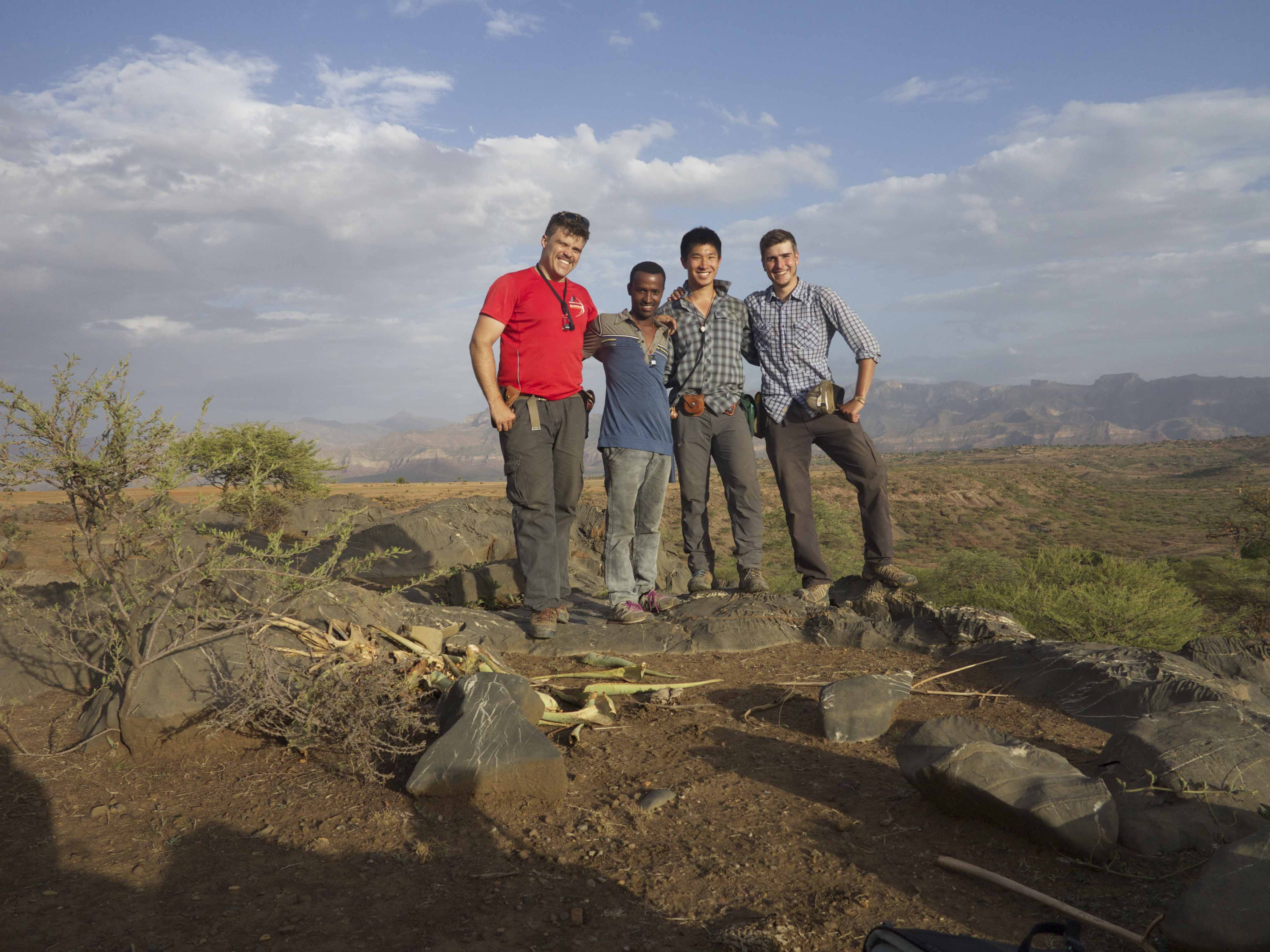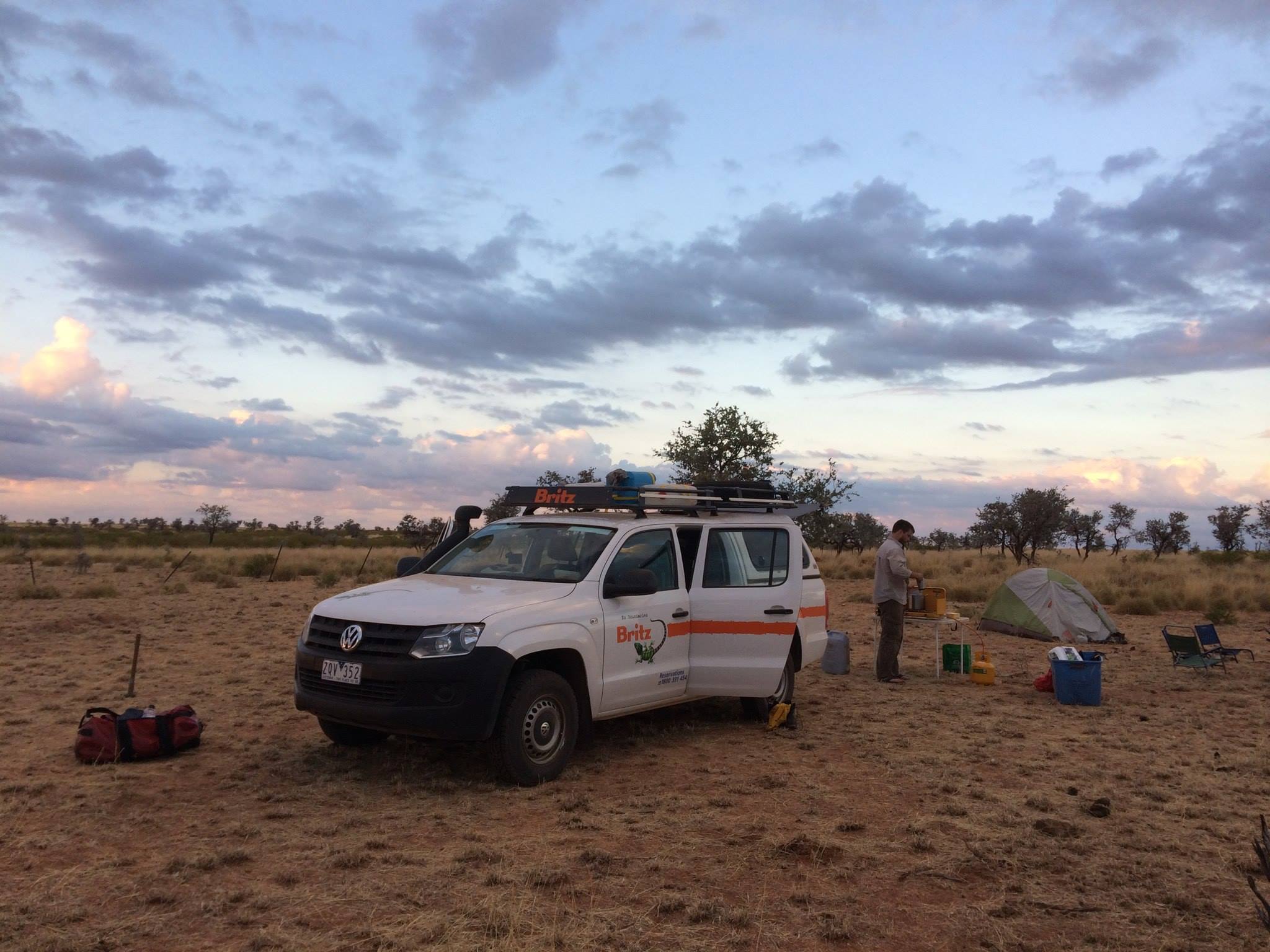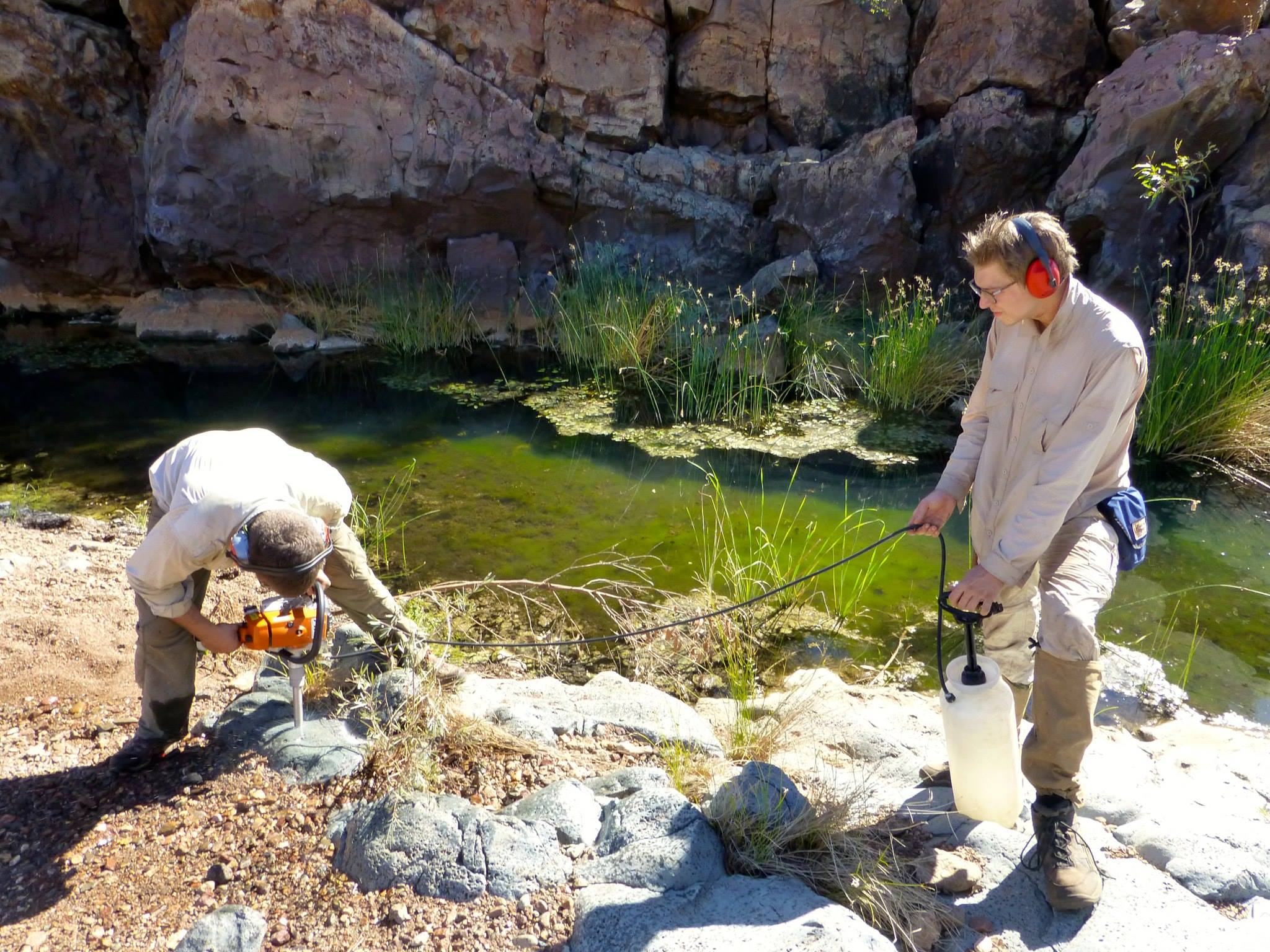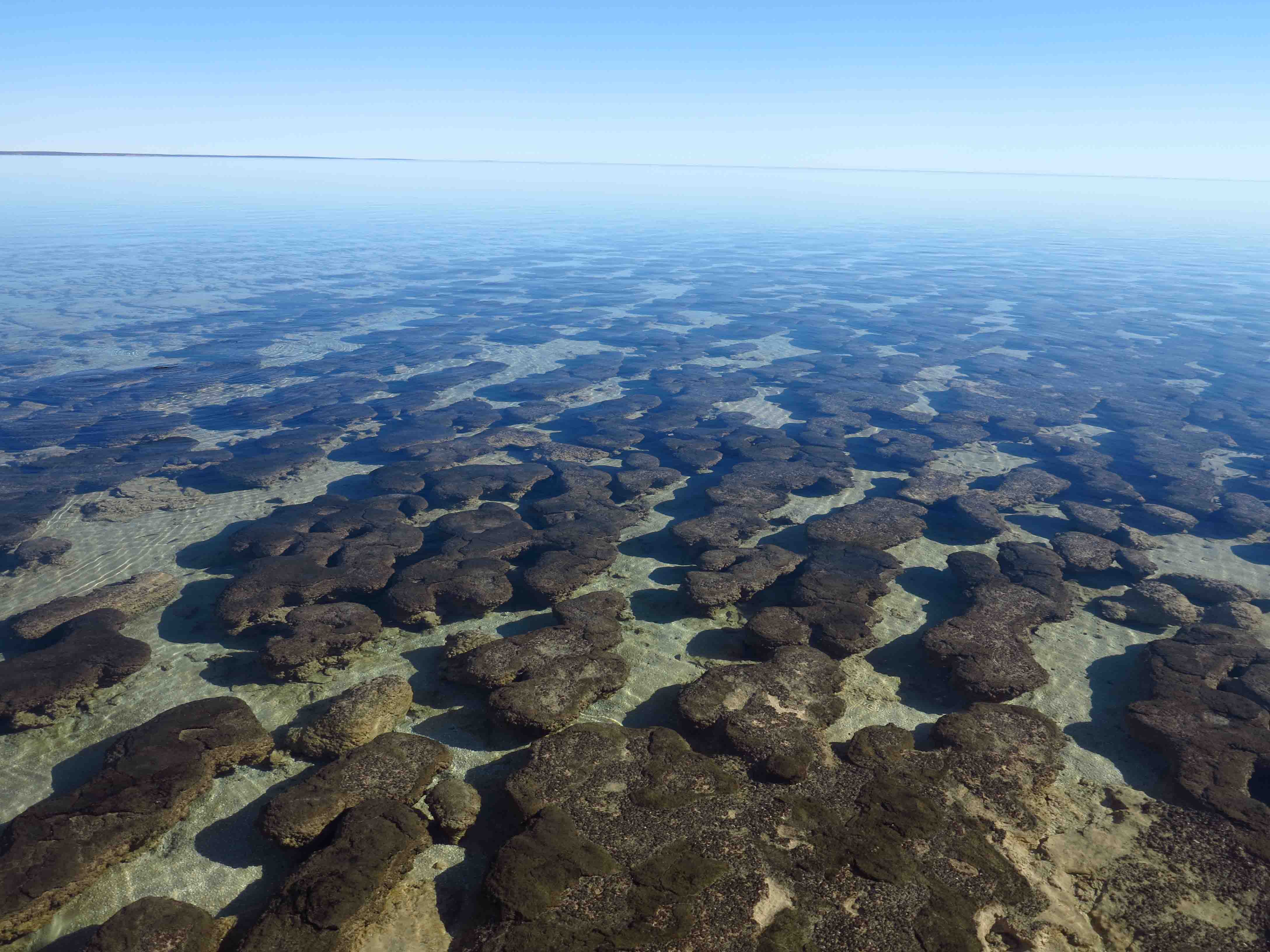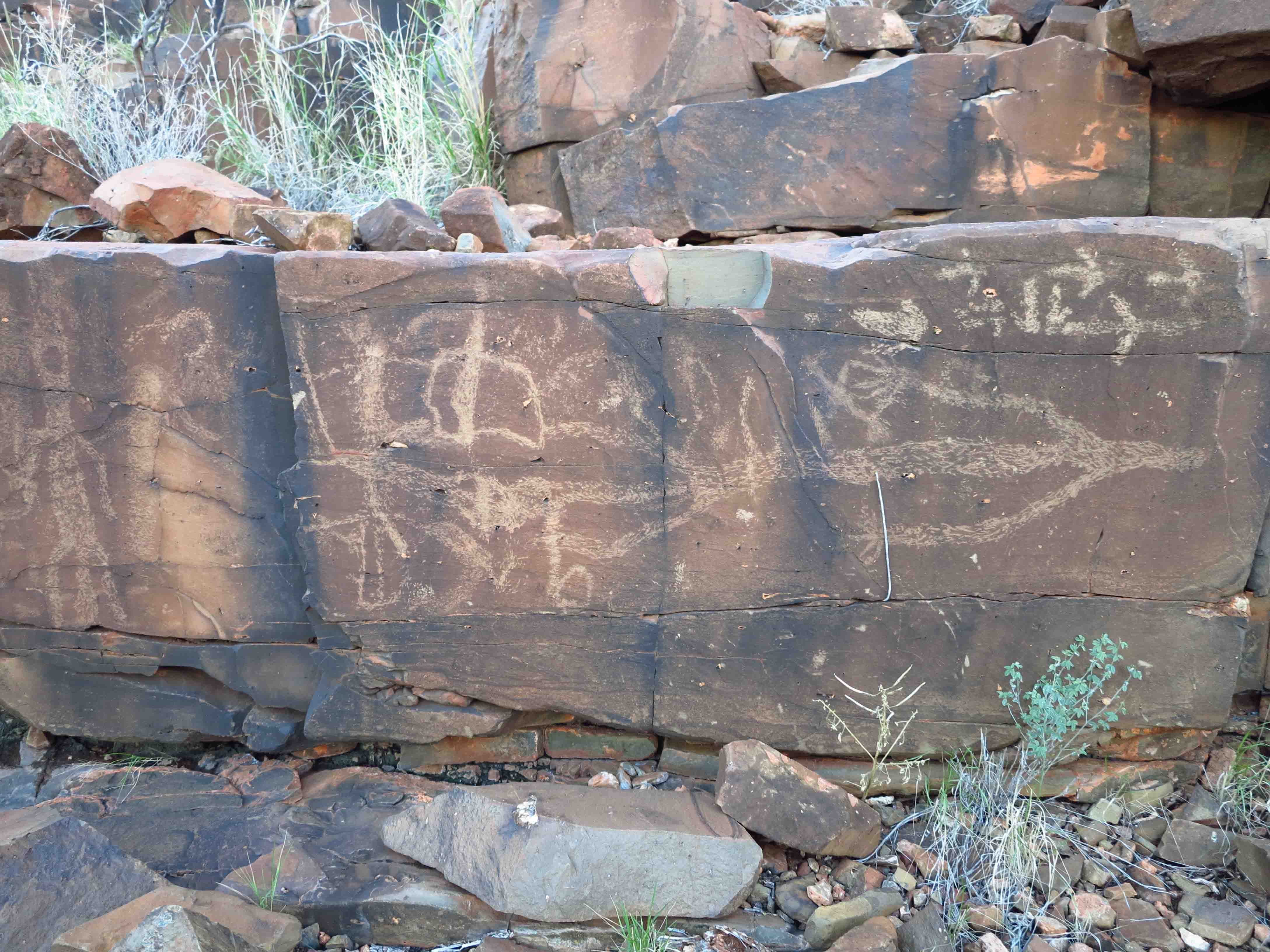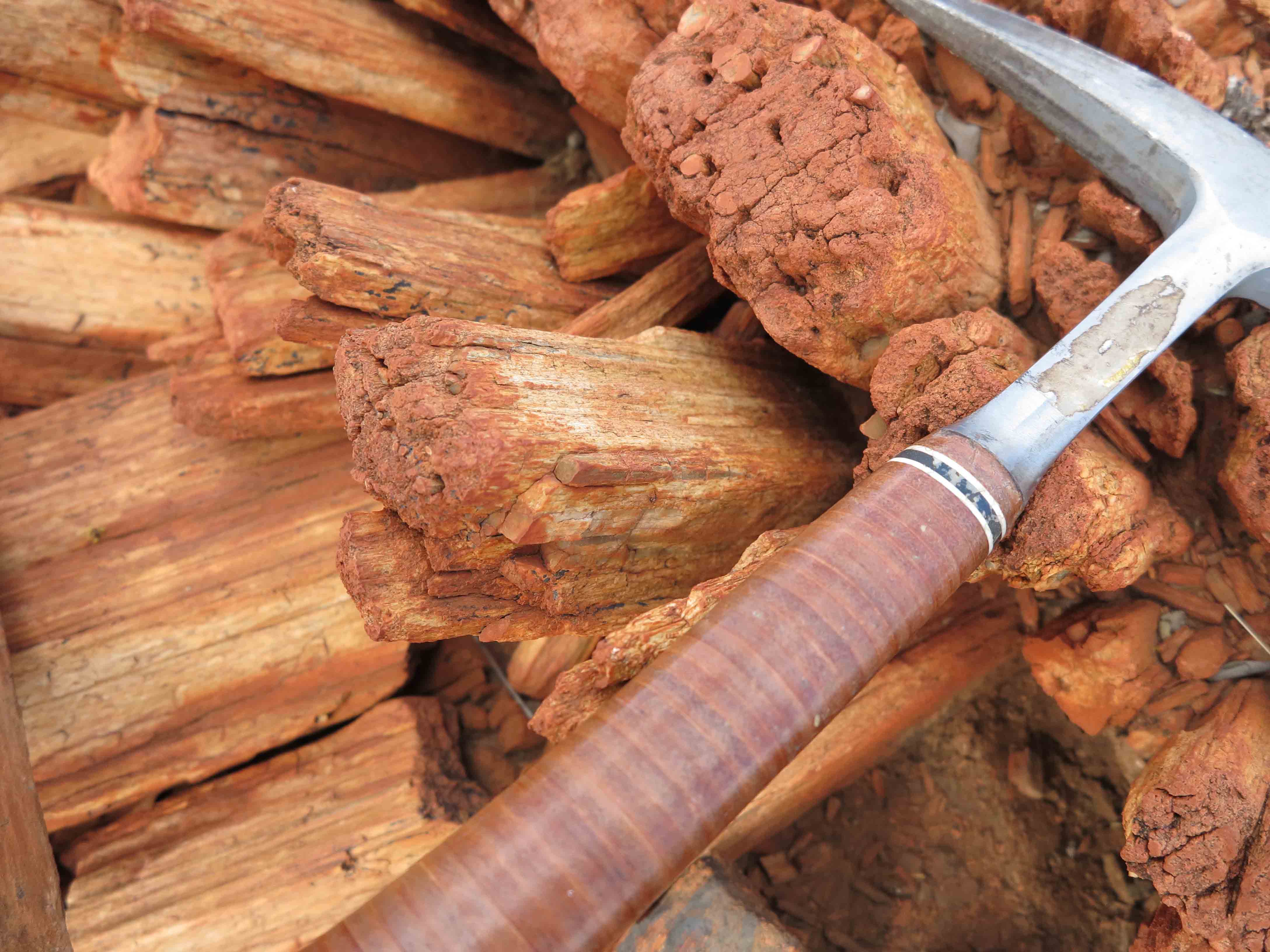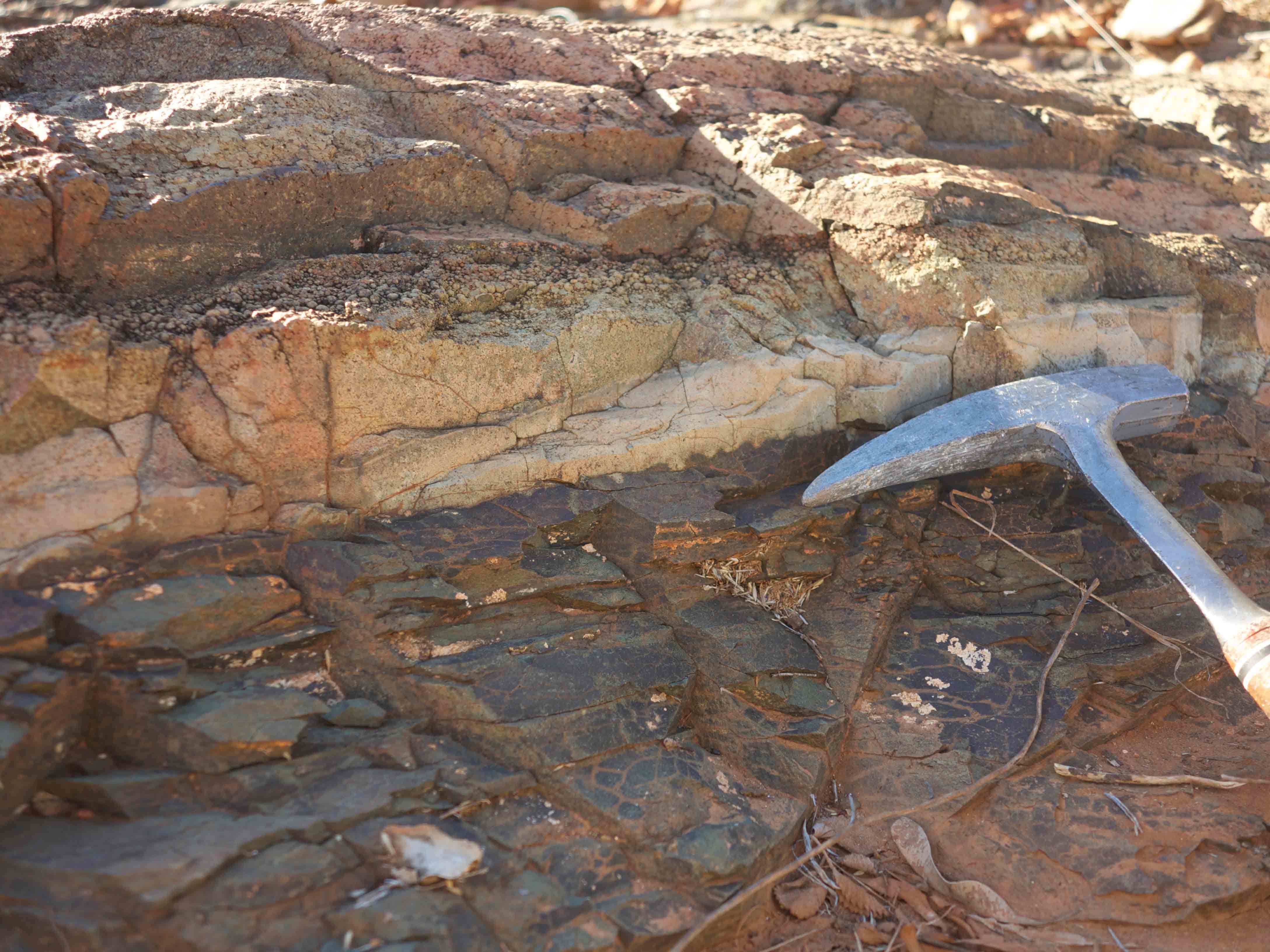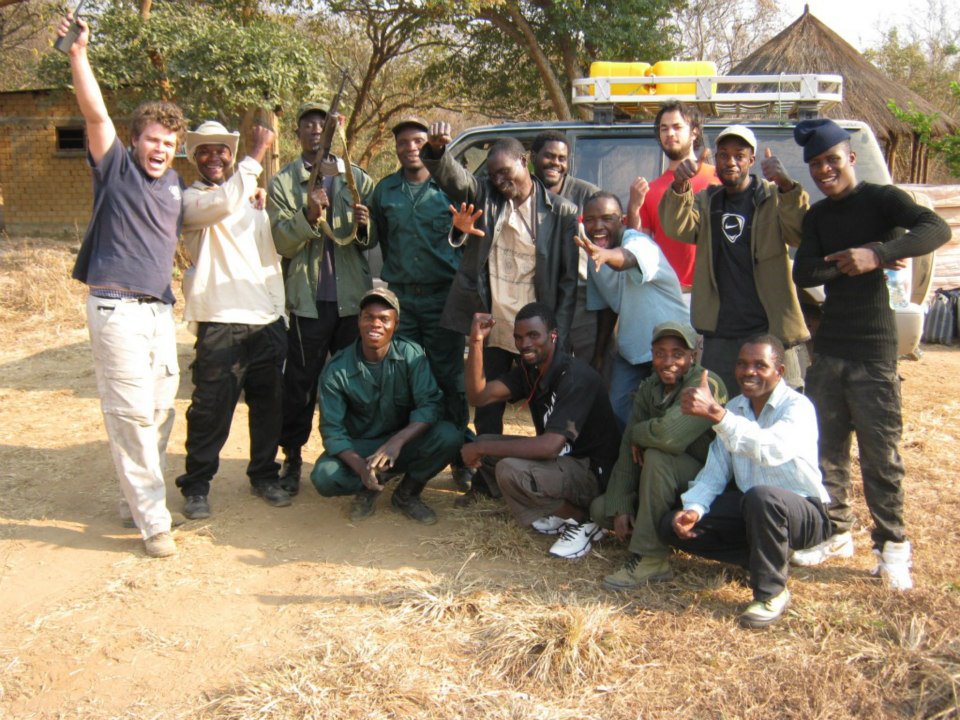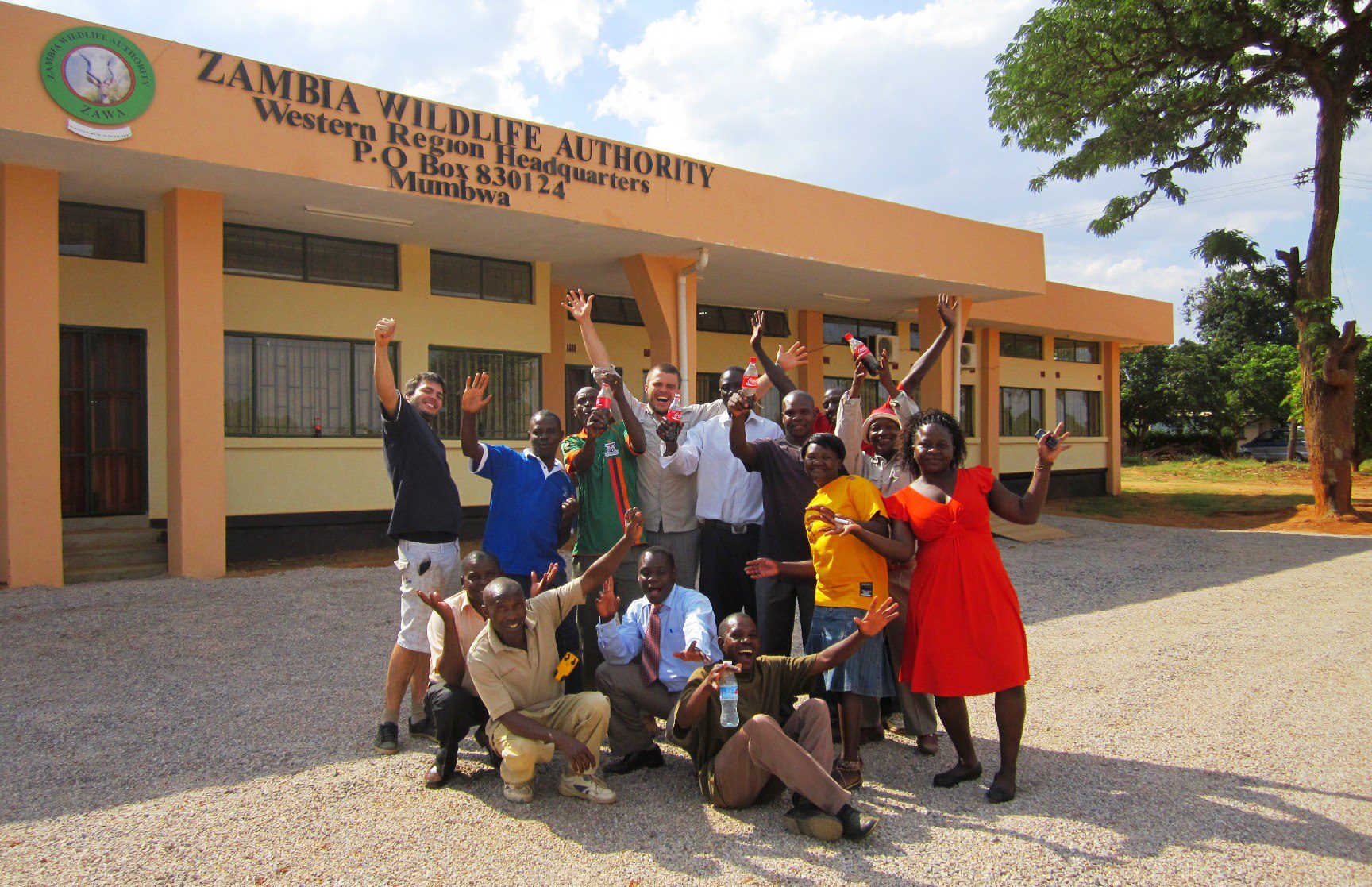Snowball Earth episodes, times when the planet was covered in ice, represent the most extreme climate events in Earth’s history. Yet, the mechanisms that drive their initiation remain poorly constrained. Current climate models require a cool Earth to enter a Snowball state. However, existing geologic evidence suggests that Earth had a stable, warm, and ice-free climate prior to the Neoproterozoic Sturtian global glaciation (ca. 717 Ma). Here, we present eruption ages for three felsic volcanic units interbedded with glaciolacustrine sedimentary rocks from southwest Virginia, USA, that demonstrate that glacially influenced sedimentation occurred at tropical latitudes ca. 751 Ma. Our findings are the first geologic evidence of a cool climate teetering on the edge of global glaciation several million years prior to the Sturtian Snowball Earth.
Scott Angus MacLennan, Michale P Eddy, Arthur J Merschat, Akshay Mehra, Peter W Crockford, Adam C Maloof, Scott Southworth, Blair Schoene
In Sci Adv,
2020
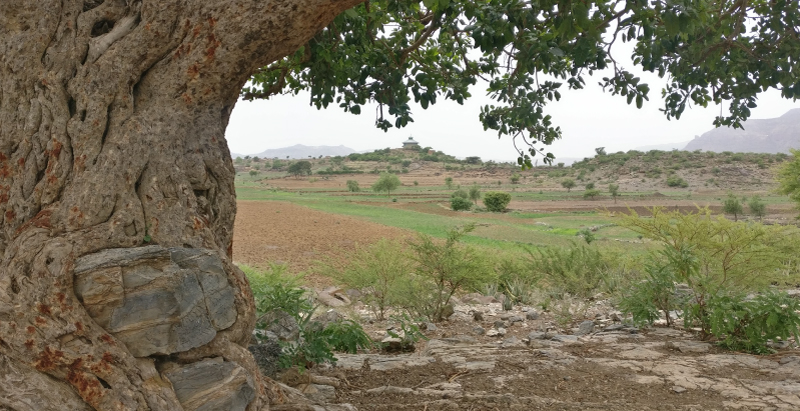
The Tonian-Cryogenian Tambien Group of northern Ethiopia is a mixed carbonate-siliciclastic sequence that culminates in glacial deposits associated with the first of the Cryogenian glaciations—the Sturtian “Snowball Earth.” Tambien Group deposition occurred atop arc volcanics and volcaniclastics of the Tsaliet Group. New U-Pb isotope dilution−thermal ionization mass spectrometry (ID-TIMS) dates demonstrate that the transition between the Tsaliet and Tambien Groups occurred at ca. 820 Ma in western exposures and ca. 795 Ma in eastern exposures, which is consistent with west to east arc migration and deposition in an evolving back-arc basin. The presence of intercalated tuffs suitable for high-precision geochronology within the Tambien Group enable temporal constraints on stratigraphic data sets of the interval preceding, and leading into, the Sturtian glaciation. Recently discovered exposures of Sturtian glacial deposits and underlying Tambien Group strata in the Samre Fold-Thrust Belt present the opportunity to further utilize this unique association of tuffs and carbonate lithofacies. U-Pb ID-TIMS ages from zircons indicate that Tambien Group carbonates were deposited from ca. 820 Ma until 0−2 m.y. before the onset of the Sturtian glaciation, making the group host to a relatively complete carbonate stratigraphy leading into this glaciation. New δ13C and 87Sr/86Sr data and U-Pb ID-TIMS ages from the Tambien Group are used in conjunction with previously published isotopic and geochronologic data to construct newly time-calibrated composite Tonian carbon and strontium isotope curves. Tambien Group δ13C data and U-Pb ID-TIMS ages reveal that a pre-Sturtian sharp negative δ13C excursion (referred to as the Islay anomaly in the literature) precedes the Sturtian glaciation by ∼18 m.y., is synchronous in at least two separate basins, and is followed by a prolonged interval of positive δ13C values. The composite Tonian 87Sr/86Sr curve shows that, following an extended interval of low and relatively invariant values, inferred seawater 87Sr/86Sr rose ca. 880−770 Ma, then subsequently decreased leading up to the ca. 717 Ma initiation of the Sturtian glaciation. These data, when combined with a simple global weathering model and analyses of the timing and paleolatitude of large igneous province eruptions and arc accretion events, suggest that the 87Sr/86Sr increase was influenced by increased subaerial weathering of radiogenic lithologies as Rodinia rifted apart at low latitudes. The following 87Sr/86Sr decrease is consistent with enhanced subaerial weathering of arc lithologies accreting in the tropics over tens of millions of years, lowering pCO2 and contributing to the initiation of the Sturtian glaciation.
Yuem Park, Nicholas Swanson-Hysell, Scott Angus MacLennan, Adam Maloof, Mulubrhan Gebreslassie, Marissa M. Tremblay, Blair Schoene, Mulugeta Alene, Eliel Antilla, Tadele Tesema, Bereket Haileab
In GSA Bulletin,
2019
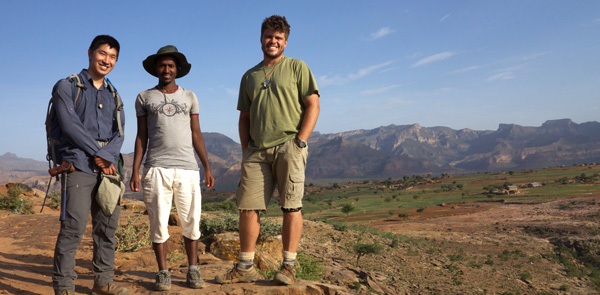
In order to understand the onset of Snowball Earth events, precise geochronology and chemostratigraphy are needed on complete sections leading into the glaciations. While deposits associated with the Neoproterozoic Sturtian glaciation have been found on nearly every continent, time-calibrated stratigraphic sections that record paleoenvironmental conditions leading into the glaciation are exceedingly rare. Instead, the transition to glaciation is normally expressed as erosive contacts with overlying diamictites, and the best existing geochronological constraints come from volcanic successions with little paleoenvironmental information. We report new stratigraphic and geochronological data from the upper Tambien Group in northern Ethiopia, which indicates that the glacigenic diamictite at the top of the succession is Sturtian in age. U-Pb zircon dates obtained from two tuffaceous siltstones that are 74 and 84 m below the diamictite are 719.68 ± 0.46 Ma and 719.68 ± 0.56 Ma (2σ), respectively. We also report a U-Pb date of 735.25 ± 0.25 Ma from a crystal-rich tuff located 2 m above the nadir of a high-amplitude, basin-wide, negative δ13C excursion previously correlated with the Islay anomaly. This age for the anomaly agrees with Re-Os age constraints from Laurentia, suggesting that the δ13C signal is globally synchronous and preceded the Sturtian glaciation by ~18 m.y. The interval between the Islay anomaly and Sturtian glaciation is recorded in the Tambien Group as an ~600 m succession of predominantly shallow-water carbonates and siliciclastics with δ13C values recording a prolonged period at +5‰, followed by an interval of lower, but still positive, values lead- ing up to the glaciation. Our data are consistent with synchronous global onset of the Sturtian glaciation at ca. 717 Ma. Shallow-water carbonates in strata directly below the first diamictite suggest that glacial onset was rapid in terranes of the Arabian-Nubian Shield.
Scott Angus MacLennan, Yuem Park, Nicholas Swanson-Hysell, Adam Maloof, Blair Schoene, Mulubrhan Gebreslassie, Eliel Antilla, Tadele Tesema, Mulugeta Alene, Bereket Haileab
In Geology,
2018
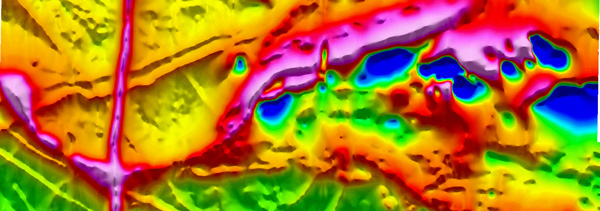
The Makhonjwa Mountains, traditionally referred to as the Barberton Greenstone Belt, retain an iconic Paleoarchean archive against which numerical models of early earth geodynamics can be tested. We present new geologic and structural maps, geochemical plots, geo- and thermo-chronology, and geophysical data from seven silicic, mafic to ultramafic complexes separated by major shear systems across the southern Makhonjwa Mountains. All reveal signs of modern oceanic back-arc crust and subduction-related processes. We compare the rates of processes determined from this data and balance these against plate tectonic and plume related models. Robust rates of both horizontal and vertical tectonic processes derived from the Makhonjwa Mountain complexes are similar, well within an order of magnitude, to those encountered across modern oceanic and orogenic terrains flanking Western Pacific-like subduction zones. We conclude that plate tectonics and linked plate-boundary processes were well established by 3.2–3.6 Ga. Our work provides new constraints for modellers with rates of a ‘basket’ of processes against which to test Paleoarchean geodynamic models over a time period close to the length of the Phanerozoic.
Maarten de Wit, Harald Furnes, Scott MacLennan, Moctar Doucoure, Blair Schoene, Ute Weckmann, Uma Martinez, Sam Bowring
In Geoscience Frontiers.,
2018
